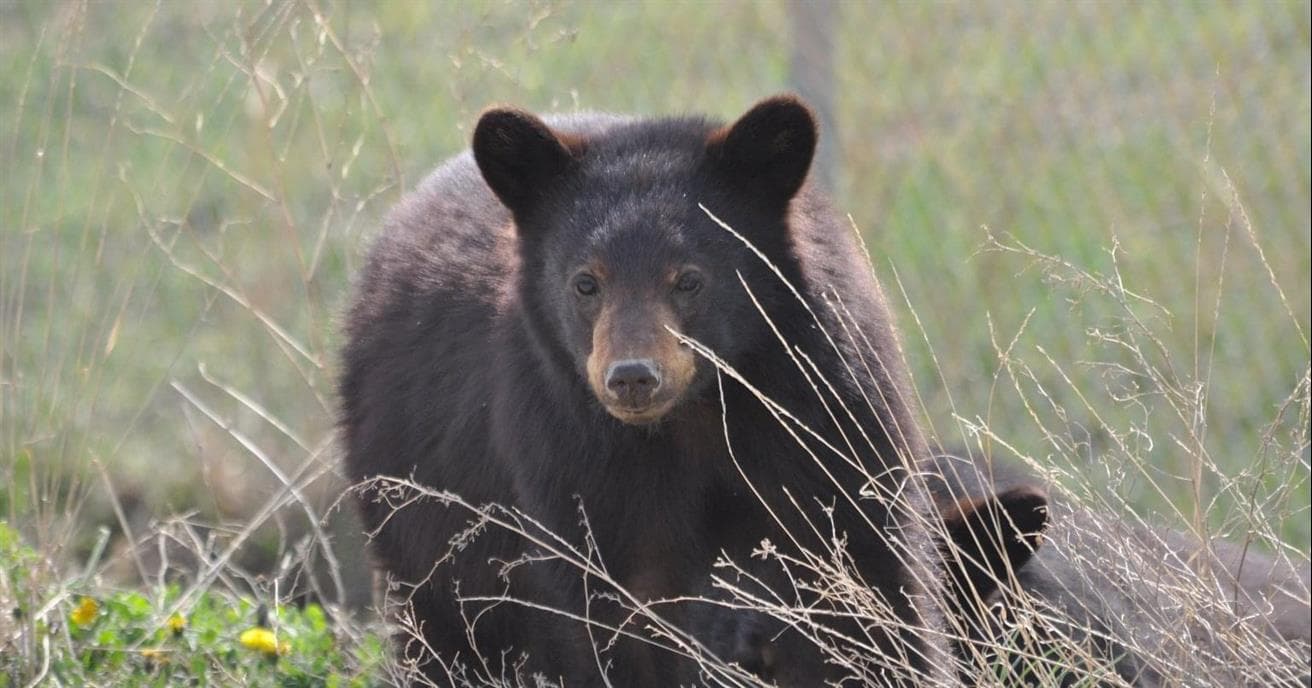Suncor’s Geographic Information Systems (GIS) team understands the risks of working in remote locations.
“The GIS team doesn’t work in the field, but we work hand-in-hand with many employees who do,” says Joseph Meaney, Senior Analyst, GIS. “We manage geospatial data and use it to create a variety of maps and other tools to aid our operations, including keeping track of wildlife sightings at our operating sites and disseminating this information back to frontline workers.”
While a wildlife encounter can be exciting, it can also be alarming and dangerous, especially if it involves a bear. Suncor has several programs to teach its workforce about bear safety and what to do if they encounter one.
Another key part of our bear management program is Bear Scare and Three Feathers-- designated teams of wildlife specialists who respond to bear sightings and encounters. During a response, the team will monitor the animal and encourage it to leave the area if necessary.
What we don’t know is what these bears do once they are out of sight or scared off. This is why Suncor, along with Alberta Environment and Parks (AEP), the Royal Alberta Museum, and the University of Alberta, is launching a black bear collaring project designed to help better understand bear behaviour on or near industrial sites and improve worker and bear safety.
The project will also allow for GPS tracking of some bears in and around Suncor sites in the Wood Buffalo region as the bear collars will record locations on a set schedule.
Bears will be collared by AEP staff in May, beginning a two- to three-year project that will allow Suncor to better understand the movements of bears, including how long they remain in an area and how often they approach our sites. The collars will also give off a constant very high-frequency signal that can be used when responding to bear sightings from workers to aid if the bear isn’t immediately visible.
Residents are asked to please avoid harvesting bears with collars. If you harvest a bear with a collar, or find a collar, please call the phone number on the collar to return it to Suncor as it holds valuable data. For more information, contact stakeholder.relationsRMWB@suncor.com.




